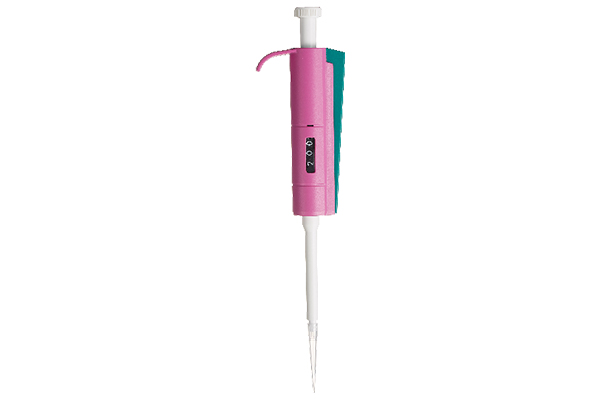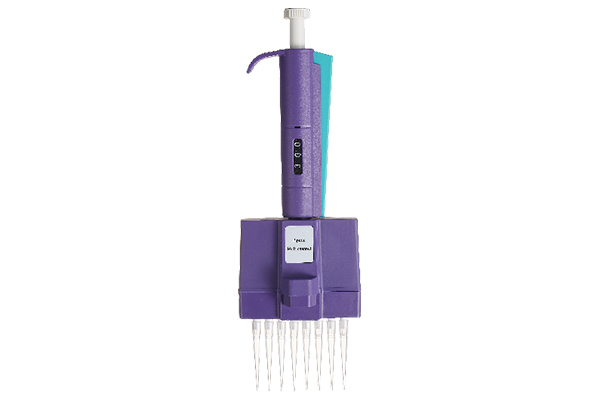
Operation specifications and usage precautions for pipettes:
1.The scale of the pipette should be adjusted to the maximum after each experiment to allow the spring to return to its original shape and extend the service life of the pipette.
2.When sucking liquid, be sure to slowly and steadily release your thumb, and never suddenly release it, to prevent the solution from being sucked in too quickly and rushing into the liquid extractor, corroding the plunger and causing air leakage.
3.To achieve high accuracy, the suction head needs to aspirate the sample solution once in advance, and then formally transfer it, because when suctioning serum protein solution or organic solvent, a layer of "liquid film" will remain on the inner wall of the suction head, resulting in a small discharge volume and errors.
4.Liquids with high concentration and viscosity can produce errors. To eliminate these errors, the compensation amount can be determined through experiments. The compensation amount can be set by adjusting the knob to change the reading window.
5.The method of using an analytical balance to weigh and calculate the weight of pure water taken can be used to calibrate the liquid extractor. 1mL of distilled water weighs 0.9982g at 20 ℃.
6.When setting the range, please pay attention to rotating to the desired range, the numbers are clearly displayed in the display window, and the set range is within the range of the pipette. Do not rotate the button out of the range, otherwise it will jam the mechanical device and damage the pipette.
7.The pipette is strictly prohibited from sucking liquids with strong volatility and corrosiveness (such as concentrated acid, concentrated alkali, organic matter, etc.).
8.Do not use a large range pipette to transfer small volumes of liquid, as this may affect accuracy. Meanwhile, if a large amount of liquid outside the measuring range needs to be removed, please use a pipette for operation.


Colour pipette